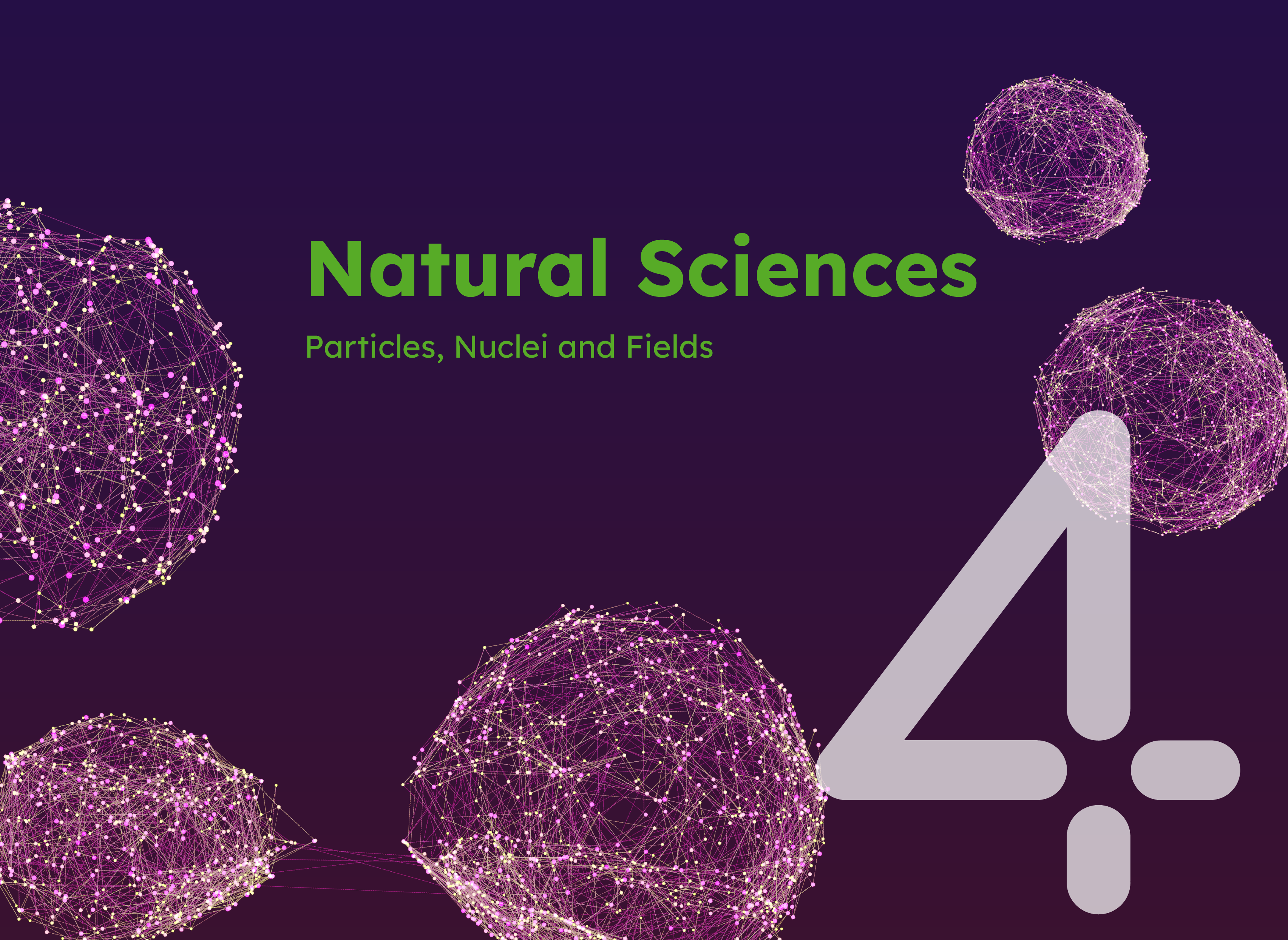Project
A Nuclear Verification and Disarmament Laboratory
Worldwide, only nine states possess about 12,700 nuclear weapons. These weapons representone of the fundamental threats — not only to individual states — but also to theexistence of humanity itself. Although nuclear disarmament is a general interest, theinternational community disagrees over how to carry it out. But there is a widespreadconsensus that such a process must be monitored under transparent and trustworthy conditions, i.e., it requires verification. Verifying nuclear disarmament has many aspects. Two important ones are verifying warhead dismantlement and fissile material chain-of-custody. One must establish that the objects that are dismantled are, in fact, nuclear weapons and not hoax objects (warhead authentication) and place the fissile material in a verifiable chain of custody. To be confident that a state cannot build new nuclear weapons secretly, all fissile material needs to be in the chain of custody. Accounting for all fissile material in a state requires an overview of the production history. For example, the authenticity of a nuclear warhead may be determined by measuring neutron and gamma emissions, although it is unclear if such signatures are unique. Likewise, the fissile material production history of nuclear facilities may be reconstructable using methods from nuclear archaeology. In both cases, the accuracy and robustness of the scientific methodology have yet to be established conclusively. The project ”A Nuclear Disarmament and Verification Laboratory” aims to study and improve the existing methods using a simulation-based approach. The modeling of the underlying physical processes requires complex and expansive computer simulations, which we intend to perform on the CLAIX compute cluster at RWTH Aachen.
Project Details
Project term
June 1, 2022–July 31, 2023
Affiliations
RWTH Aachen University
Institute
Jülich Supercomputing Centre
Project Manager
Principal Investigator
Methods
Nuclear Archaeology with Reprocessing Waste
The primary objective of sub-project 1 is to enhance the Bayesian inference framework’s ability to verify nuclear reactor operating histories by analyzing isotopic ratios in spent fuel or high-level reprocessing waste. The waste can either originate from a single irradiation campaign (simple waste) or from multiple campaigns (mixed waste). We developed surrogate models of two different reactor types, each with four variable parameters, and generated training data with the ONIX reactor physics code, simulating 1000 irradiation campaigns with different parameters of each reactor type. Gaussian process models were trained for each isotope in the respective waste. We found that the Bayesian inference framework can reconstruct four parameters from a sample of simple waste, but some parameters were more accurately reconstructed than others. Additionally, the inference framework can distinguish between two reactor types in a sample of mixed waste, even if the individual parameter reconstruction is not precise. Our research demonstrates the potential of the Bayesian inference framework for reconstructing the irradiation history of radioactive waste. In the future, the reconstruction scenarios of increased complexity should be studied. This entails increasing the number of reactor types that need to be distinguished an increasing the number of components in the mixed waste.
Isotope Ratio Method
The main results of this sub-project stem from the application of our analysis to the Yongbyon reactor. The first analysis step is the simulation of the reactor’s operation based on a created computer model. This includes simulating the behavior of neutrons inside the reactor using Monte Carlo Particle Transport, as well as the calculation of the resulting changes in materials. The latter involves the calculation of matrix exponentials using the Chebyshev Rational Approximation Method (CRAM). For our analysis we are interested in identifying the influence different operational parameters have on different isotopes in the reactor’s materials. We prepared a large sample set of reactor simulations with different parameters and analyzed the results using Global Sensitivity Analysis. After promising isotopic ratios in the reactor’s moderator graphite were identified we created surrogate models for the prediction of these ratios using Gaussian Process Regression. These models allowed us to then apply Bayesian Inference on a simulated measurement to reconstruct important operational parameters – durations and power levels of two different operational periods, as well as the duration of the intermittent and the time since final shutdown. We were also able to reconstruct the amount of plutonium produced in the reactor. As a graphite moderated reactor Yongbyon is of a fundamentally different type than the heavy water moderated CANDU reactor used for the initial proof of concept. Our results thus represent an important step towards proving the broad applicability of our methods. Next steps include the investigation of the British Trawsyfynydd II and the German FR2 reactors. The former allows comparison to results obtained from traditional IRM methods, while the detailed documentation for the latter will allow us to investigate uncertainties and limitations of our method with respect to realistic, much more complex operational histories.
Warhead Authentication
In this project, we simulated signals from theoretical warhead models and all isotopes whose half-life exceeds a specific time. We then investigated whether the warhead emissions could be faked by using certain isotope combinations. Malicious actors could cheat a disarmament process in this way. Computer resources were used to simulate the emissions and detector responses. This was done using a pulse-height tally in a Monte Carlo particle transport code and then broadening the results. We showed that certain isotope combinations could deceive the gamma emissions of some warhead designs. The results of this project were presented in various conference contributions. We aim to conduct these calculations again with comprehensive data and additional emission models. We would also like to analyze neutron emissions from nuclear weapons. For this, we need to expand the simulation code to become capable of simulating neutron multiplicity measurements. This new code capability will be validated and then used to show the deceptiveness of neutron emissions from warheads similarly.
Additional Project Information
DFG classification: 309 Particles, Nuclei and Fields
Software: Serpent 2, OpenMC, Onix, PyMC
Cluster: CLAIX
Publications
K. Ermert ”Estimating the DPRK’s Plutonium Production Using the Graphite
Isotope Ratio Method: an In-Depth Full Core Implementation,” Master’s thesis,
Oct. 2022.
